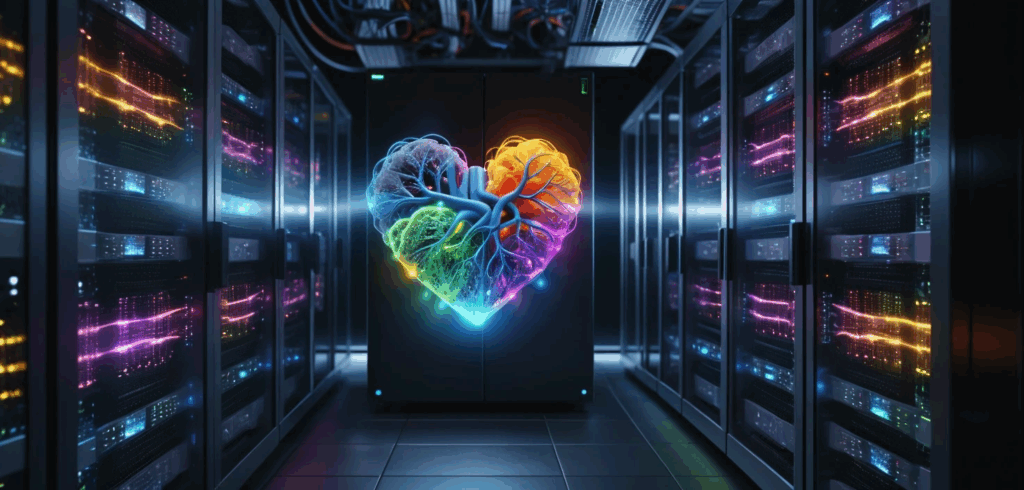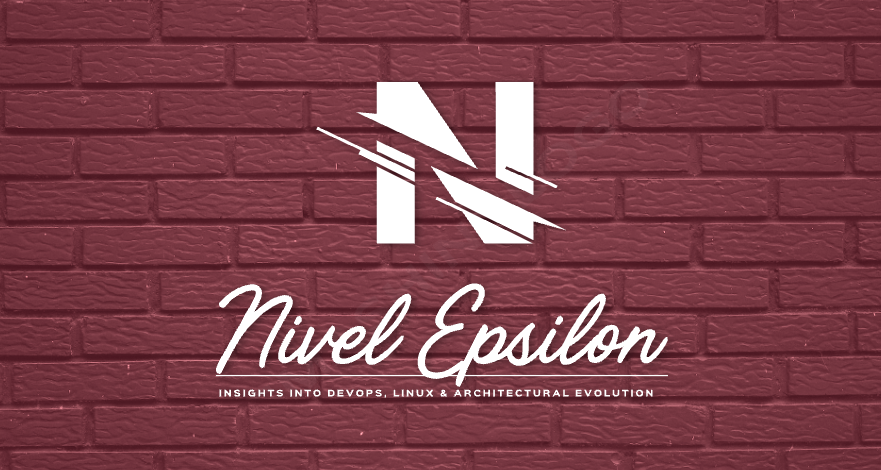
When ChatGPT emerged onto the tech scene in late 2022, it felt like someone had suddenly switched on the lights in a dimly lit room. Overnight, generative AI went from a niche technical curiosity to a global phenomenon. Behind the headlines and excitement, however, something deeper was shifting: cloud computing was experiencing its most significant transformation since its inception.
For nearly fifteen years, the cloud computing model was a story of steady, predictable evolution. At its core, the concept was revolutionary yet straightforward, much like switching from owning a private well to relying on public water utilities. Instead of investing heavily in physical servers, businesses could rent computing power, storage, and networking from providers like AWS, Google Cloud, or Azure. It democratized technology, empowering startups to scale into global giants without massive upfront costs. Services became faster, cheaper, and better, yet the fundamental model remained largely unchanged.
Then, almost overnight, AI changed everything. The game suddenly had new rules.
The hardware revolution beneath our feet
The first transformative shift occurred deep inside data centers, a hardware revolution triggered by AI.
Traditionally, cloud servers relied heavily on CPUs, versatile processors adept at handling diverse tasks one after another, much like a skilled chef expertly preparing dishes one by one. However AI workloads are fundamentally different; training AI models involves executing thousands of parallel computations simultaneously. CPUs simply weren’t built for such intense multitasking.
Enter GPUs, Graphics Processing Units. Originally designed for video games to render graphics rapidly, GPUs excel at handling many calculations simultaneously. Imagine a bustling pizzeria with a massive oven that can bake hundreds of pizzas all at once, compared to a traditional restaurant kitchen serving dishes individually. For AI tasks, GPUs can be up to 100 times faster than standard CPUs.
This demand for GPUs turned them into high-value commodities, transforming Nvidia into a household name and prompting tech companies to construct specialized “AI factories”, data centers built specifically to handle these intense AI workloads.
The financial impact businesses didn’t see coming
The second seismic shift is financial. Running AI workloads is extremely costly, often 20 to 100 times more expensive than traditional cloud computing tasks.
Several factors drive these costs. First, specialized GPU hardware is significantly pricier. Second, unlike traditional web applications that experience usage spikes, AI model training requires continuous, heavy computing power, often 24/7, for weeks or even months. Finally, massive datasets needed for AI are expensive to store and transfer.
This cost surge has created a new digital divide. Today, CEOs everywhere face urgent questions from their boards: “What is our AI strategy?” The pressure to adopt AI technologies is immense, yet high costs pose a significant barrier. This raises a crucial dilemma for businesses: What’s the cost of not adopting AI? The potential competitive disadvantage pushes companies into difficult financial trade-offs, making AI a high-stakes game for everyone involved.
From infrastructure to intelligent utility
Perhaps the most profound shift lies in what cloud providers actually offer their customers today.
Historically, cloud providers operated as infrastructure suppliers, selling raw computing resources, like giving people access to fully equipped professional kitchens. Businesses had to assemble these resources themselves to create useful services.
Now, providers are evolving into sellers of intelligence itself, “Intelligence as a Service.” Instead of just providing raw resources, cloud companies offer pre-built AI capabilities easily integrated into any application through simple APIs.
Think of this like transitioning from renting a professional kitchen to receiving ready-to-cook gourmet meal kits delivered straight to your door. You no longer need deep culinary skills, similarly, businesses no longer require PhDs in machine learning to integrate AI into their products. Today, with just a few lines of code, developers can effortlessly incorporate advanced features such as image recognition, natural language processing, or sophisticated chatbots into their applications.
This shift truly democratizes AI, empowering domain experts, people deeply familiar with specific business challenges, to harness AI’s power without becoming specialists in AI themselves. It unlocks the potential of the vast amounts of data companies have been collecting for years, finally allowing them to extract tangible value.
The Unbreakable Bond Between Cloud and AI
These three transformations, hardware, economics, and service offerings, have reinvented cloud computing entirely. In this new era, cloud computing and AI are inseparable, each fueling the other’s evolution.
Businesses must now develop unified strategies that integrate cloud and AI seamlessly. Here are key insights to guide that integration:
- Integrate, don’t reinvent: Most businesses shouldn’t aim to create foundational AI models from scratch. Instead, the real value lies in effectively integrating powerful, existing AI models via APIs to address specific business needs.
- Prioritize user experience: The ultimate goal of AI in business is to dramatically enhance user experiences. Whether through hyper-personalization, automating tedious tasks, or surfacing hidden insights, successful companies will use AI to transform the customer journey profoundly.
Cloud computing today is far more than just servers and storage, it’s becoming a global, distributed brain powering innovation. As businesses move forward, the combined force of cloud and AI isn’t just changing the landscape; it’s rewriting the very rules of competition and innovation.
The future isn’t something distant, it’s here right now, and it’s powered by AI.


